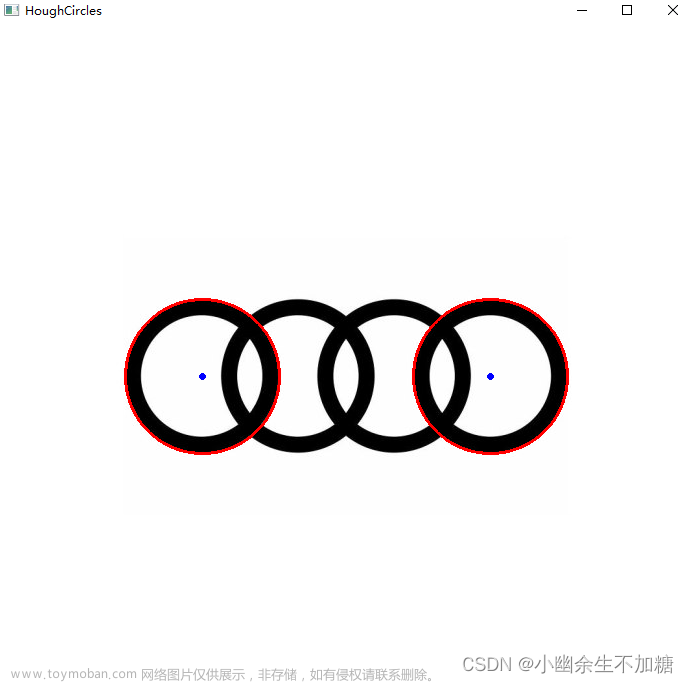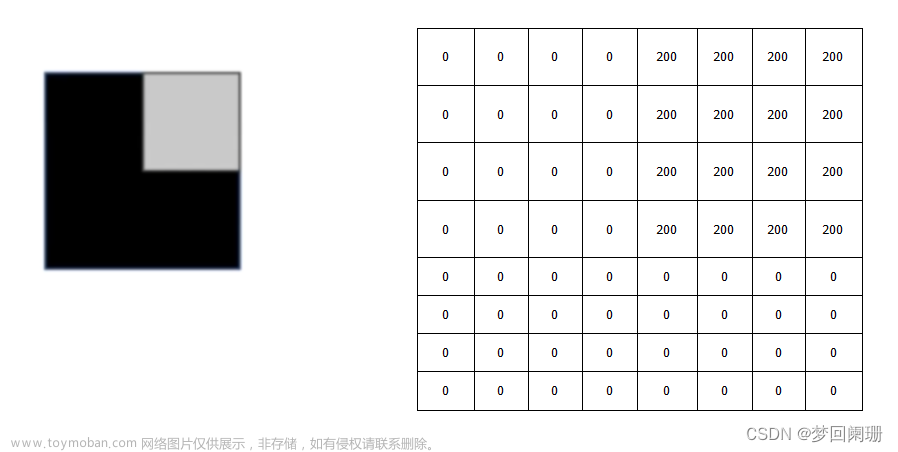#include "iostream"
#include "opencv2/opencv.hpp"
using namespace std;
using namespace cv;
int main()
{
Mat img, temp, temp2,dst, dstbin, distancetransform,rel, rel2,gary, _threshold, temp3, OPEN;
img = imread("shou2.jpg");
resize(img, dst, Size(0, 0), 0.1, 0.1);
dst.copyTo(temp3);
cvtColor(dst, gary, COLOR_BGR2GRAY);
threshold(gary, _threshold, 50, 255, THRESH_TOZERO);
Mat kernel = getStructuringElement(1, Size(3, 3));
morphologyEx(_threshold, OPEN, MORPH_OPEN, kernel);
GaussianBlur(OPEN, temp2, Size(5, 5), 5, 0);
threshold(temp2, rel, 100, 255, THRESH_BINARY);
Mat canny;
Canny(rel, canny, 50, 170, 3, false);
//Mat kernel = getStructuringElement(1, Size(3, 3));
//erode(canny, canny, kernel);
dilate(canny, canny, kernel);
vector<vector<Point>> contours;
vector<Vec4i> hierarchy;
findContours(canny, contours, hierarchy, 0, 2, Point());
for (int i = 0; i < contours.size(); i++)
{
vector<Point> pointss;
convexHull(contours[i], pointss);
for (int j = 0; j < pointss.size(); j++)
{
if (j == pointss.size()-1)
{
line(dst, pointss[j], pointss[0], Scalar(0, 0, 255));
break;
}
line(dst, pointss[j], pointss[j + 1], Scalar(0, 0, 255));
}
}
imshow("dst", dst);
imshow("temp3", temp3);
imshow("canny", canny);
waitKey(0);
return 1;
} 文章来源地址https://www.toymoban.com/news/detail-660616.html
文章来源地址https://www.toymoban.com/news/detail-660616.html
文章来源:https://www.toymoban.com/news/detail-660616.html
到了这里,关于opencv 凸包检测 convexHull的文章就介绍完了。如果您还想了解更多内容,请在右上角搜索TOY模板网以前的文章或继续浏览下面的相关文章,希望大家以后多多支持TOY模板网!











